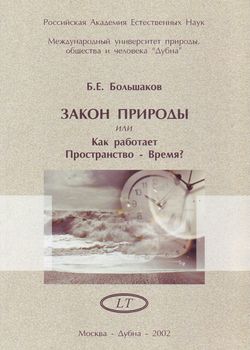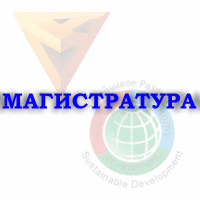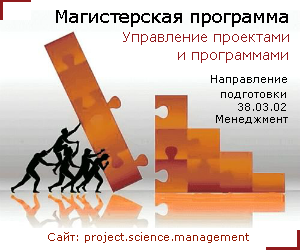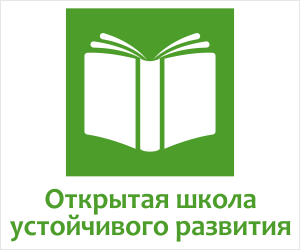Trushinya Inessa, doctoral student, Latvian University of Natural Sciences and Technologies, Jelgava
Putilov Alexander Valentinovich, Doctor of Technical Sciences, Professor, Dean of the Faculty of Business Informatics and Management of Complex Systems, National Research Nuclear University MEPhI
Abramov Igor Viktorovich, post-graduate student, National Research Nuclear University MEPhI
Abramov Viktor Ivanovich, Doctor of Economics, Associate Professor, Professor of the Department of Business Project Management, National Research Nuclear University MEPhI
Abstract
The article is devoted to the analysis of the features of ensuring sustainable development of the EAEU countries. The relevance of the topic is due to the fact that in the conditions of uncertainty and rapid changes in the global economic environment, it is necessary to have tools to ensure the sustainable development of the EAEU countries. The calculated indicators of the sustainable development model and the system of criteria for assessing the sustainable development of the EAEU countries are presented. Based on the results obtained, directions for increasing the competitiveness of the economies of the BRICS member countries are proposed.
KEYWORDS: EAEU, technological excellence, digitalization, sustainable development, digital technologies, power, useful energy.
Download article ENSURING SUSTAINABLE DEVELOPMENT OF THE EAEU COUNTRIES: CRITERIA AND PRIORITIES![]()

 ПОСЛЕДНИЕ ЭКЗЕМПЛЯРЫ ТИРАЖА
ПОСЛЕДНИЕ ЭКЗЕМПЛЯРЫ ТИРАЖА





